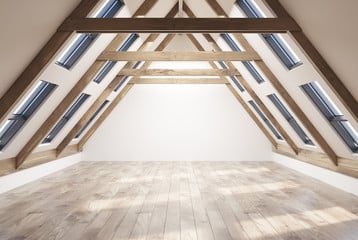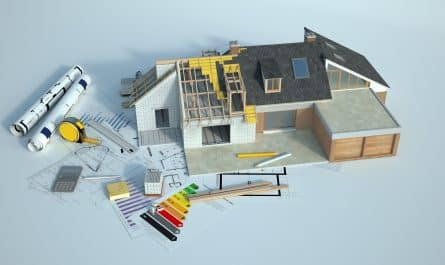Electrical renovation is an important step when renovating an old home. It ensures that installations comply with current standards, ensures the safety of occupants and improves living comfort. In this article, we will discuss the main safety standards and rules to follow to successfully complete your electrical work in your home.
Electrical regulations and standards
In France, the main reference for electrical standards is the NF C 15-100 standard, set up by AFNOR (French Association for Standardization). This standard defines the minimum safety requirements that all electrical installations must meet.
It is essential to comply with this standard to obtain the necessary agreement from the independent control body (Consuel) before commissioning the installations.
The different zones of an electrical installation
To fully understand the NF C 15-100 standard, it is necessary to distinguish three zones:
- Out-of-volume area : here, no specific electrical equipment is required. Switches, sockets and other equipment are permitted as in any other part of the home.
- Protected area : it concerns spaces where water could come into contact with electrical elements (for example, around a bathtub or sink). Only electrical equipment class IPX1 to IPX4 is authorized in this zone.
- Prohibited area : you cannot install any electrical equipment there, unless it is specifically designed to work underwater (for example, swimming pool lighting).
Electrical safety
To ensure the safety of electrical installations, the installation of protection devices is essential. Here are the main pieces of equipment that you must provide when renovating your electrical installation:
Circuit breaker and differential switches
THE circuit breaker is the central element of your installation. Its role is to automatically cut off the current in the event of detection of an anomaly (overload, short circuit, etc.). THE differential switches, for their part, intervene in the event of a current leak and offer protection against the risk of electric shock.
It is important to choose this equipment carefully according to your installation and the power of your electrical appliances.
Grounding
There earthing allows current leaks to be evacuated to earth, thus avoiding the risk of electric shock. Damp rooms (bathroom, kitchen, laundry room) are particularly affected by this safety measure.
It is essential to install sockets equipped with an earth terminal and to connect them to an earthing circuit that complies with current standards.
Circuit protection
Finally, it is essential to protect each electrical circuit in your home with suitable protective devices. To do this, you can use:
- Fuses or circuit breakers to protect against overcurrents and short circuits.
- Thermal protections to prevent conductors from overheating.
- Specific protection devices for sensitive devices, such as surge protectors or inverters.
Implementation of electrical renovation
To guarantee a compliant and secure electrical renovation, several steps must be followed:
Diagnostics and quotes
Firstly, it is important to carry out a complete diagnosis of your existing installation to identify weak points and non-compliant elements. Call a professional electrician who will be able to advise you and draw up a detailed estimate for the work to be carried out.
Choice of materials and equipment
Choose quality materials and equipment that comply with current standards to ensure the durability and safety of your installation. Choose manufacturers recognized for their seriousness and the reliability of their products.
Carrying out work and monitoring
The work must be carried out by a qualified electrician, who will ensure compliance with safety standards and the conformity of the electrical installation. Once the work is completed, it is essential to contact an independent inspection body (Consuel) to obtain a certificate of conformity.
By following these recommendations, you will be able to carry out your electrical work safely and benefit from an installation that complies with current standards and regulations.







